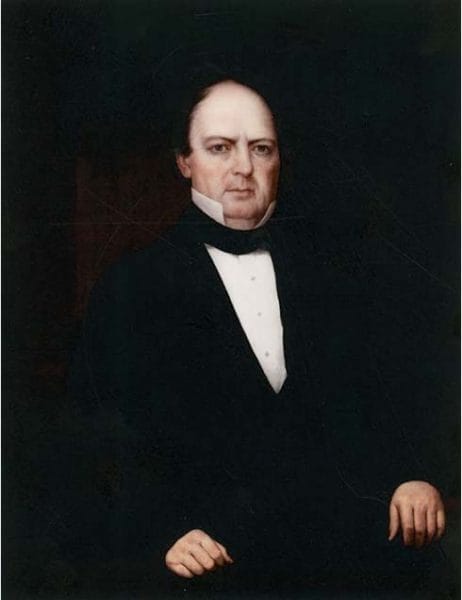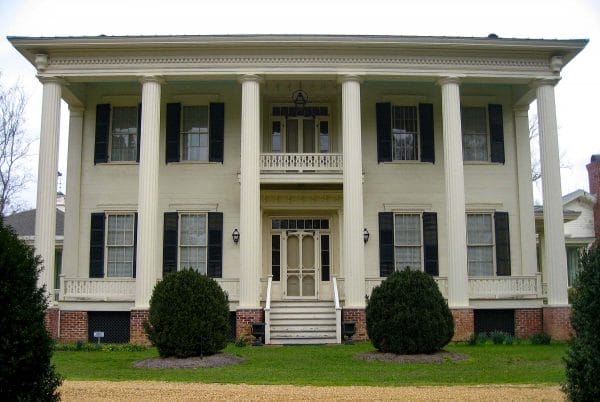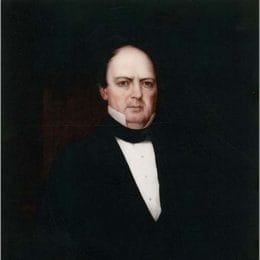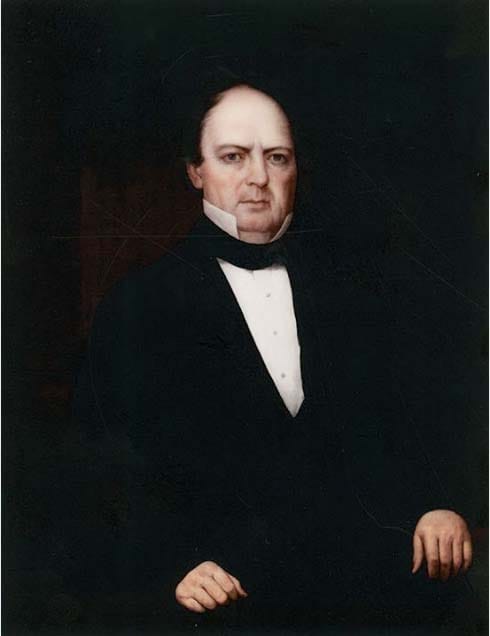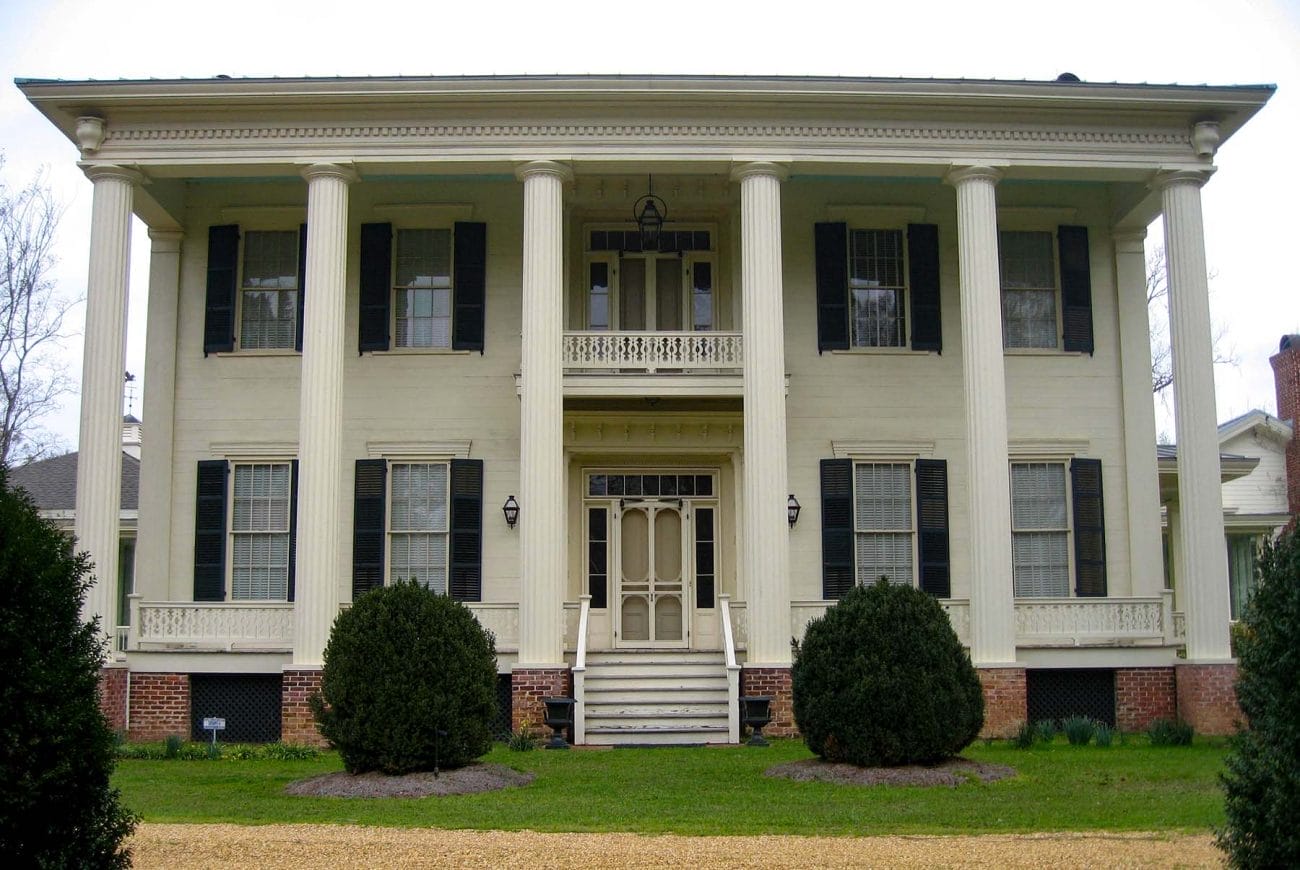Reuben Saffold II
Reuben Saffold II (1788-1847) served as a member of both the Mississippi and Alabama territorial legislatures, was a delegate to the 1819 Constitutional Convention, and was a justice of the Alabama Supreme Court and its Chief Justice from 1834-36. Saffold also served in the Creek War of 1813-14, fighting in what is often credited as the first battle of the conflict at Burnt Corn Creek near present-day Monroeville. He later settled in Dallas County, where he owned a large cotton plantation worked by enslaved laborers.
Saffold was born on September 4, 1788, in Wilkes County, Georgia, to parents Reuben Saffold I and Sarah Saffold. (Some sources say he was born on July 15.) His father, an American Revolution veteran, had received a large tract of land for his service in the war. Young Reuben started his own family after marrying Mary Evelyn Phillips in 1811. The couple would have 12 children. While living in Georgia, Saffold studied law and became an established attorney in Watkinsville before migrating to the Mississippi Territory in 1813. He settled near the Tombigbee Settlement north of Mobile, Mobile County, and is believed to have traveled by way of the Old Federal Road. Almost immediately upon arrival, he joined the local militia and participated in the surprise attack on a Red Stick Creek encampment Burnt Corn Creek. Despite the advantage of surprise, the militia was forced to retreat. This loss did not hinder Saffold’s military career, however, and he quickly rose to lieutenant colonel and eventually colonel in the Mississippi territorial militia during the span of the Creek War.
Following his brief military career, Saffold returned to his work as an attorney near St. Stephens in Jackson, Clarke County, and also entered politics. He was elected to represent Clarke County in the Mississippi Territorial Legislature and was one of the men who signed a January 8, 1817, petition to the U.S. Congress requesting statehood for Mississippi, while also creating the Alabama Territory from the eastern portion, which occurred on March 1 and 3, respectively. In the 1810s, he was an early investor in the town of Cahaba, was elected to the board of the Tombeckbe Bank, and was a trustee of Washington Academy in St. Stephens. In just a brief time, Saffold became one of the most important citizens in the new Alabama Territory, serving in that legislature and as Clarke County’s delegate to the 1819 Constitutional Convention in Huntsville, Madison County. It was in session from July 5 until August 2, when delegates ratified Alabama’s first constitution, which Saffold helped draft.
Saffold returned to his law career after the convention and was elected by the new state’s legislature in December 1819 to be one of five Alabama circuit judges, who also acted as the state’s Supreme Court. He also relocated his family to his newly purchased land near Pleasant Hill, Dallas County. He completed the home that would be the center of his cotton plantation in 1825. In 1832, Saffold was elected by a combined vote of the House of Representatives and Senate to the Alabama Supreme Court. In 1834, he replaced Abner Lipscomb as Chief Justice of the court, but only served in that role until 1836. Saffold then returned to his home, where he again practiced law.
Sometime between the late 1820s and early 1830s, Saffold replaced his original home with a grand Greek Revival-style plantation home known both as the Belvoir, meaning “beautiful view,” and the Saffold Plantation. An exact date is not known for the home’s completion, but it was likely before his death in 1847. The first extant reference to the original home came in 1838 by British naturalist Philip Henry Gosse, who was working as a teacher in the area, including for the Saffold children. The 1830 U.S. Federal Census lists more than 45 enslaved persons ranging from children to elders living on the Saffold plantation. These figures suggest that Saffold found great success as a planter and made great profits off the cotton cultivated by those enslaved on his property. Saffold died on February 15, 1847, following a sudden illness known at the time as apoplexy and likely a stroke, and was buried on the Belvoir property. Son Benjamin Franklin Saffold would also practice law and serve on the Alabama Supreme Court, from 1868 until 1874.
Once listed as a “place in peril” by the Alabama Historical Commission, Belvoir remained in a state of disrepair and changed hands several times until it was purchased by the current owners, who fully restored it. The estate was added to the Alabama Register of Landmarks and Heritage in November 1990.
Further Reading
- Gosse, Phillip Henry. Letters from Alabama (U.S.): Chiefly Relating to Natural History. Mountain Brook, Alabama: Overbrook House, 1983.
- Lewis, Herbert James. Lost Capitals of Alabama. Charleston, SC.: The History Press, 2014.
- Lewis, Herbert James. Alabama Founders: Fourteen Political and Military Leaders who Shaped the State. Tuscaloosa: University of Alabama Press, 2018.
- McMillan, Malcolm Cook. “The Alabama Constitution of 1819: A Study of Constitution Making on the Frontier.” Alabama Review 3 (October 1950): 263-85.
